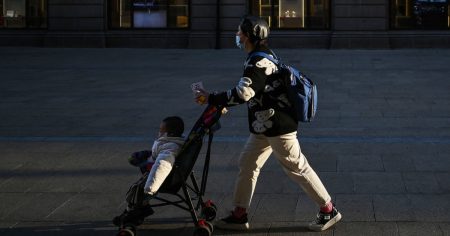Following a devastating hurricane, nearly half of Puerto Rico’s 1.4 million utility customers were able to regain power by late Tuesday night. The electricity provider stated that it would take up to 48 hours to fully restore service to all customers on the island. This promising development comes after the hurricane caused widespread power outages and brought about significant damage to the island’s infrastructure.
Despite the progress in restoring power, many residents in Puerto Rico are still facing challenges as a result of the hurricane. The disruption of essential services such as electricity has created difficulties for people trying to rebuild their lives in the aftermath of the natural disaster. The process of recovery and restoration is expected to be lengthy and arduous, requiring a coordinated effort from various agencies and organizations.
The efforts to restore power in Puerto Rico are crucial for the well-being of its residents, as access to electricity is essential for daily living. From powering vital medical equipment to enabling communication and lighting, electricity plays a critical role in ensuring the safety and comfort of individuals in the community. The gradual restoration of power represents a step towards normalcy and recovery for the people of Puerto Rico.
The challenges faced by Puerto Rico in the wake of the hurricane underscore the vulnerability of communities in the face of natural disasters. The damage caused by the hurricane serves as a stark reminder of the importance of preparedness and resilience in the face of such events. It also highlights the need for robust infrastructure and emergency response systems to mitigate the impact of disasters on vulnerable populations.
As Puerto Rico continues its recovery efforts, there is a growing recognition of the need for long-term solutions to address the vulnerabilities exposed by the hurricane. This includes investing in infrastructure improvements, implementing disaster preparedness programs, and bolstering community resilience measures. By taking proactive steps to strengthen their resilience, communities can better withstand the impact of future disasters and facilitate a speedier recovery process.
In conclusion, the progress in restoring power to Puerto Rico following the hurricane is a positive development that offers hope to the island’s residents. However, the challenges faced by the community underscore the need for continued support and investment in disaster preparedness and resilience efforts. By working together and implementing sustainable solutions, Puerto Rico can build a more resilient future and better protect its population from the impact of natural disasters.












